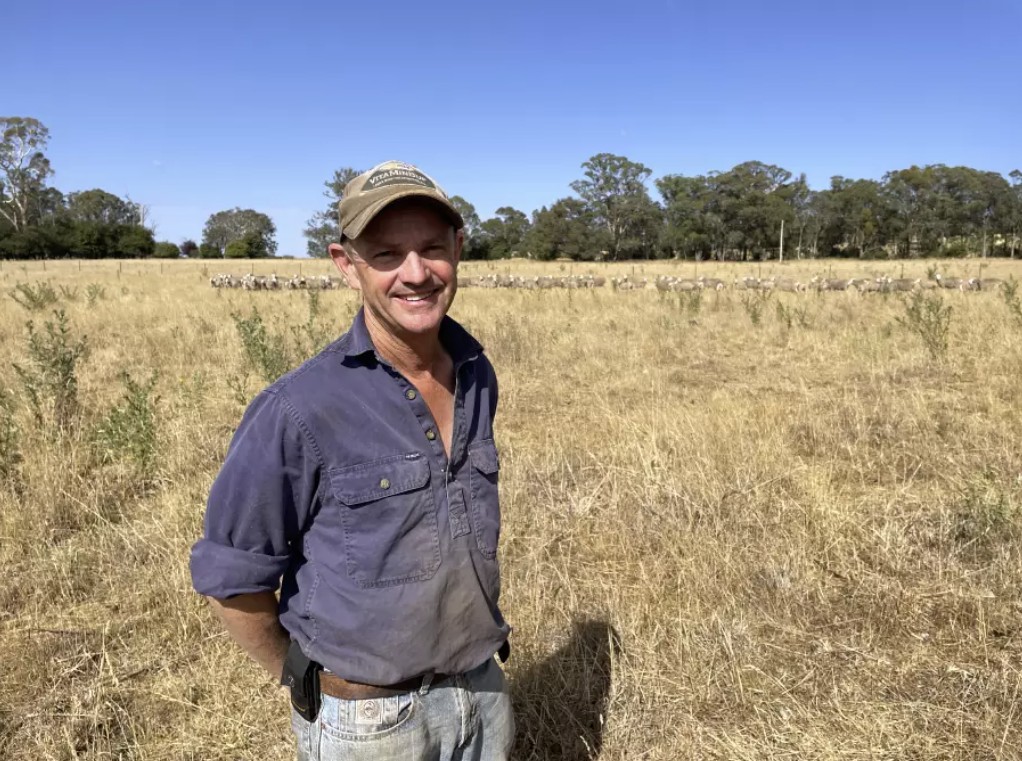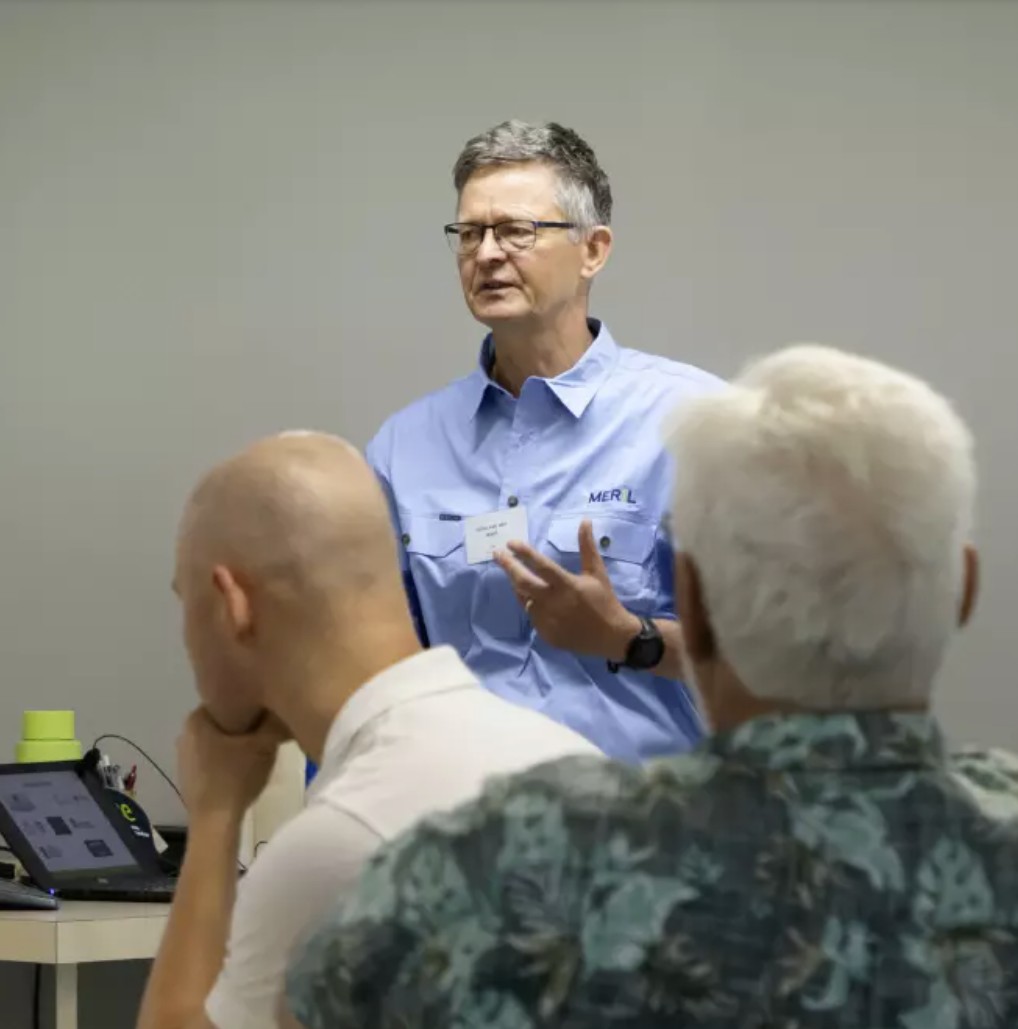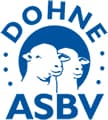Armidale district Dohne Merino flock’s role in methane reduction trial
Article courtesy of ACM (Simon Chamberlain) The Land

Brian Shaw, Saumarez Ponds with some of his Dohne ewes, which have been part of a trial using a methane-reducing seaweed supplement run by the University of New England. Picture by Simon Chamberlain.
A self-replacing flock of Dohne merinos is playing a key role in a groundbreaking two-year study led by researchers at the University of New England (UNE).
The study analyses a seaweed-based feed additive with the potential to reduce methane emissions by more than 50 per cent.
Brian Shaw, Saumarez Ponds, near Armidale, runs 1000 Dohne Merino ewes, which produce about 130 per cent lambs from which he keeps 300 hoggets for flock replacements. The remaining ewes are joined to Poll Dorsets for prime lamb production.
The UNE approached Mr Shaw to feed a supplement of an all-purpose pellet enriched with Asparagopsis oil, a seaweed extract known for its methane-reducing properties produced by Sea Forest, Triabunna, Tasmania.
The study is focused on evaluating how a seaweed additive affects not only methane emissions but also production performance such as growth, fertility, fleece weight, and overall health of the Merino ewes involved.
Mr Shaw said a portion of his ewes had already tasted the supplement in August and September before lambing, and with weaning just around the corner, he is set to step up the supplement in his test flock.
Over the next year, researchers will also assess the impact of this additive on the ewes’ offspring, from birth through to slaughter.
Mr Shaw sees several benefits from being involved with the project. He says the concerns of a warming climate are evident, and work needs to continue to reverse the process, with methane reduction in the country’s massive flocks of sheep, goats and cattle playing an important part.
“This is about research,” he said. “It has to be done so we can have some answers.”
He said his father, Ron Shaw, now retired in Armidale, inspired him when Mr Shaw senior was involved in the CSIRO’s Cicerone Project, which began in 1998.
The project sought to identify the need for livestock pasture feed supply, especially during droughts, allowing the stock condition to be maintained, particularly during pregnancy, without excessive expenditure on supplementary feed.
According to the UNE, early results are highly encouraging: ewes receiving the seaweed supplement have shown a 55 pc reduction in methane emissions compared to those on a standard diet.
A ewe weighing 60 kilograms typically produces around 17.5kg of methane yearly. With the seaweed supplement, this figure drops to 7.9kg, equivalent to a reduction of 9.6kg of methane per ewe annually or 268.8kg of carbon dioxide (CO2) equivalent.
For wool production, this breakthrough means the emission intensity- the amount of methane produced per kilogram of wool- could fall from 100 kg CO2 equivalent to just 44kg CO2 equivalent.
According to UNE Professor of Animal Science Julius van der Werf, this research provides hope for Australian agriculture by supporting the production of more environmentally friendly wool, aligning with global efforts to combat climate change and meeting future market demands for Australia’s wool industry.
The results of the UNE study could provide a glimpse into what may be a solution for consumers seeking more sustainable products and farmers looking to reduce their environmental impact without compromising animal health or productivity.

UNE Professor of Animal Science, Julius van der Werf, will look at different ways additives can be delivered to sheep under grazing conditions in a cost-effective, practical way. Picture supplied
Earlier this year, the UNE received a $3 million grant from the Australian Government’s Methane Reduction in Livestock Program (MERiL) to continue work leading the National Sheep Methane Project (NSMP) aiming to make low-methane feed additives more accessible to sheep producers.
In addition to the MERiL grant, the project has gained significant co-funding from Australian Wool Innovation with further contributions from participating industry partners.
Professor van der Werf is leading a collaboration between UNE, the NSW Department of Primary Industries and Regional Development (NSW DPIRD), the Department of Primary Industries and Regions, South Australia (PIRSA), and the University of Western Australia (UWA).
The collaboration is looking at different ways additives can be delivered to sheep under grazing conditions cost-effectively and practically.
Improvements to pastures to reduce flock methane output will also be investigated. The project is expected to wrap up in 2027.










 Facebook
Facebook YouTube
YouTube Instagram
Instagram